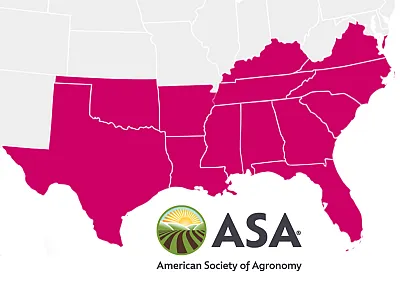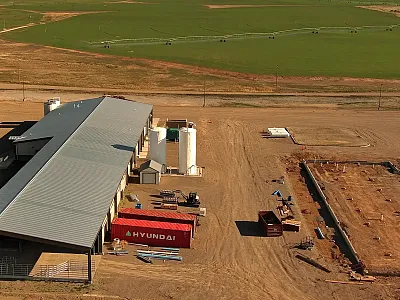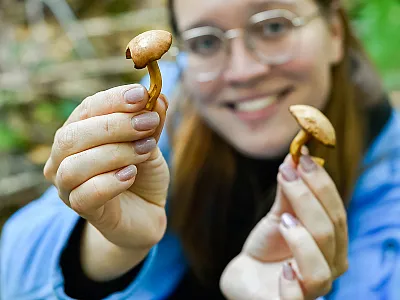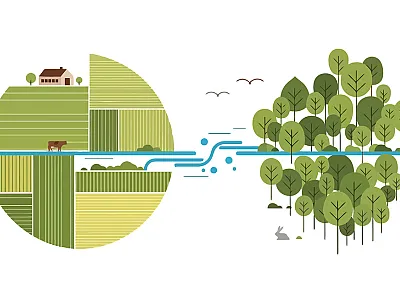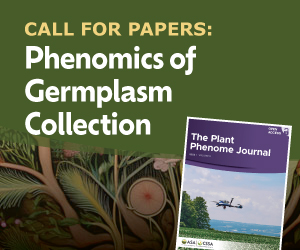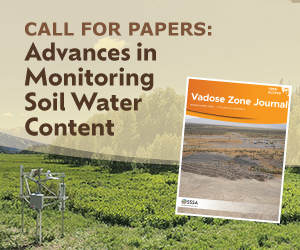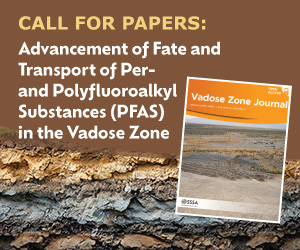How I learned to love grantsmanship

Good research requires funding, which comes to many scientists through grants. How do you feel about writing for grants? Do you dread it? Do you love it? Somewhere in between? Dr. Michael Mulvaney's perspective on grantsmanship has evolved over the years to the point where he now finds it "the most fun part of the project life cycle." Read about his thoughts...and tips for success.
I was excited about starting my new job as an assistant professor of cropping systems, but there was one thing I was dreading—the grantsmanship that would be required.
How would I get enough money to run a program? How would I come up with good research ideas that people would pay me for? How would I manage large multi-state projects if I did get the money? Throughout my graduate career, I had seen many frugal programs. I saw labs who reused tinfoil—not that that's a bad thing—but I didn’t want reuse tinfoil because my program was too poor to afford new tinfoil.
One day, as a graduate student, I was in the field collecting biomass sample data with our field crew. We were all struggling to harvest those samples because the shears were so dull that they crimped the biomass instead of cutting it. I would saw back and forth until the residue finally broke loose or the entire biomass came up from the roots. It took a lot of time and labor. It was frustrating, slow, and it didn’t give us the best data. Right there, on my knees sawing off biomass with dull shears, I promised myself, “If I ever have a program of my own, I am going to buy my crew the best equipment I can afford.”
When I became an assistant professor, I now found myself in a position where I had to do that. But to buy good gear, I would need money. I was terrified of grantsmanship because I wasn't sure if I would be successful. And if I wasn't successful at obtaining funding, I couldn't run a program the way I had always dreamt.
Where the fun begins
Fast forward a few years, and I now find that grantsmanship is the most fun part of the project life cycle. When it comes to research, grantsmanship is where the fun begins. We all love to work on new ideas. You get to ask new, interesting questions; questions no one else has ever asked before. You get to decide how you want to answer those questions. What influences the answer to that question? How did others try to answer the question before you? How can you do it better? What factors and treatments could you put in place to attack the question? What equipment would you want to use, and how would you measure the response? This is where you get to exercise your scientific creativity! Who doesn’t love to bounce ideas around and scribble on the whiteboard with colleagues?
I also wondered if I would be able to ask questions that sponsors would want to pay for. I didn't want to waste time asking questions that weren't important. I wanted to ask questions that were useful to farmers. And if I could, questions that were novel.
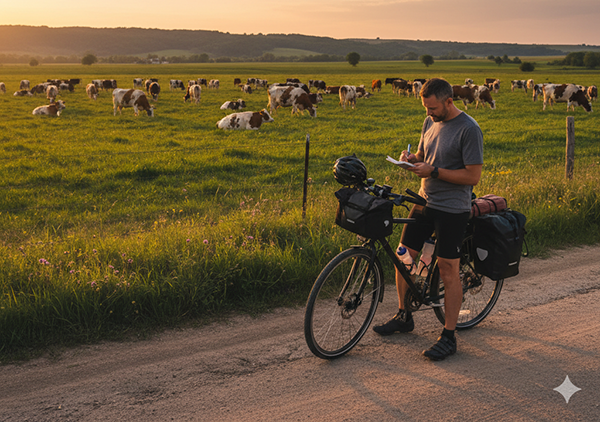
As I began familiarizing myself with new crops and new literature, I kept a notebook. On the cover of that notebook, I wrote “Research Ideas.” (It was a spiral bound Steno notebook, which I don't recommend. If you're going to keep a notebook, it should be bound.) Anytime I read a paper, heard someone speak at a conference or seminar, or had a new testable, interesting hypothesis that had some utility to farmers, I would dedicate a page in that notebook to quickly write down the idea. On my bike rides to work, I have been known to pull over to the side of a dirt road, pull out my pocket notebook, and quickly scribble down a new idea while a group of cattle stand watching me, slowly chewing the cud. Most of those ideas in that notebook simply remained ideas—you can’t possibly research every idea you have. You can ask questions faster than you can answer them. Other times, they developed into a hypothesis with treatments and an experimental design. Sometimes I’d include the data that I'd want to collect, the frequency of measurements, and field layouts. None were too detailed.
Time wore on, and the notebook began to fray. Not only that, every time I had an idea, I'd have to find a notebook somewhere. For convenience more than anything, I now write my research ideas on a whiteboard in my office. I rely heavily on those whiteboards. The one in my office is sectioned out with the following categories: To-Do List, Lab Meeting List, Upcoming Experiments List, and Current Experiments List. That last list includes data to be collected, in chronological order, from each trial. This allows me to keep track of what has been done during the season and what is coming up soon.
Research wish list
Also on my whiteboard: a Research Wish List. When I get an idea during a webinar, I run to the whiteboard and make a quick note. When chatting with a colleague and a new idea comes up, it goes on the whiteboard. Each new research topic that might be interesting gets a line on the whiteboard.
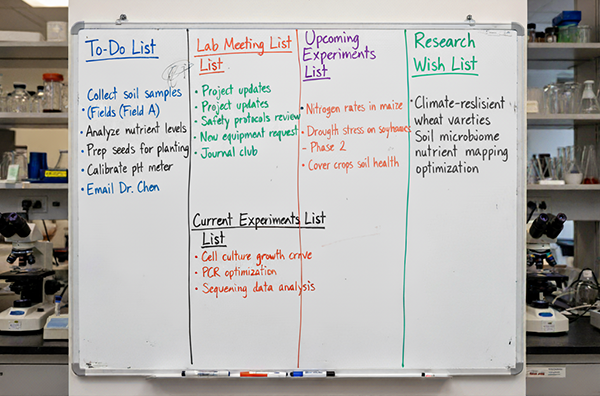
It's handy having it on a whiteboard because I look at it often throughout the year. Some of those items, maybe the majority of those items, will never get done. Some of them are near impossible to do (e.g., solving deer issues in soybean). But when it's proposal season, and I’m in a big rush and don't have time to remember all the brilliant ideas I had throughout the year, I can just look up at that research wish list and ask, “What's novel here that would be of interest to this sponsor?” The beauty of the research wish list is that it costs nothing. Anything you can think up, you can write down. It doesn't mean that you can fund it. But you can write it down and look for opportunities. The next time you see a $200,000 grant, look up at that list. What can be done for $100,000 after indirect costs?
Of course, if you get the grant, then you’ll have to do the work: the hiring, the subcontracts, wrangling with the Office of Sponsored Programs, and the reporting. Often, by the time we finalize reviewer comments on the manuscript, we may never want to think about the project again! But the real fun is at the beginning when you have to write the proposal. Asking new and interesting questions, and figuring out how to answer them, is why we became Ph.D.’s. After all, we're excellent at overthinking. And that's how I came to realize that grantsmanship is the most fun part of being a scientist.
Just make sure you have enough room on your whiteboard.
Members Forum
This article is part of our Members Forum—a place to share your work or opinions and perspectives on any issue relevant to our members. The views and opinions expressed in this column are not necessarily those of the publisher. Do you have a perspective on a particular issue that you’d like to share with fellow members? Submit it to CSA News. Submissions should be 800 words or less and may be subject to review by our editors-in-chief.
Text © . The authors. CC BY-NC-ND 4.0. Except where otherwise noted, images are subject to copyright. Any reuse without express permission from the copyright owner is prohibited.





